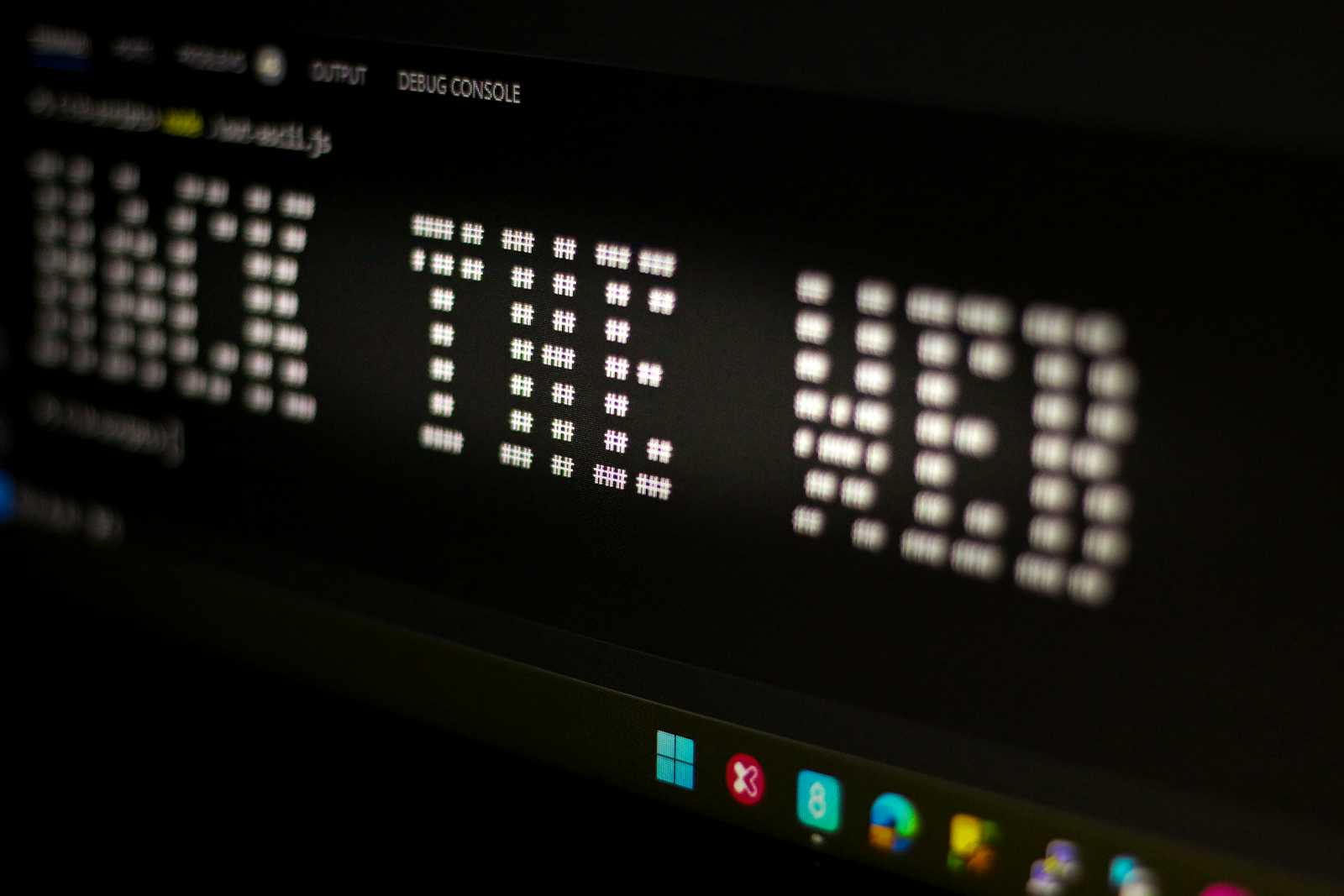The Silent Revolution in Software Safety: How Rust is Preventing Billion-Dollar Disasters
 Sundeeep Dasari
Sundeeep Dasari
Something remarkable is happening in the world of software. For years, developers had to make a tough choice: build fast programs that might crash, or safe programs that run slowly. It's like choosing between a sports car without brakes or a tank that moves at walking speed. This choice has been costly – hackers stole $190 million in crypto because of a single bug, thieves grabbed 147 million Americans' personal data in the Equifax breach, and even Microsoft admits that most of their security fixes are for memory safety problems.
Then came Rust, a programming language that changes everything. Think of it as a sports car with the safety features of a tank. It lets developers write programs that are both lightning-fast and completely safe from common crashes and security holes. Now, the biggest tech companies in the world – from Microsoft to Google – are rebuilding their most important software with Rust. This isn't just a technical story. It's about how a new tool is silently protecting our bank accounts, personal data, and digital lives from the next big hack.
The Wake-Up Call: A History of Costly Mistakes
The software industry received several devastating wake-up calls in recent years:
In 2022, the Wormhole bridge hack resulted in a $190M cryptocurrency theft, traced back to a single memory safety vulnerability
The Equifax breach exposed sensitive data of 147M Americans due to a buffer overflow - a classic memory safety issue
Microsoft's startling revelation: 70% of their Critical and Important security patches over the last decade addressed memory safety vulnerabilities
These aren't isolated incidents. They represent a systemic problem in how we build software.
Understanding the Core Problem: The Memory Management Dilemma
What is Memory Management?
Think of computer memory like a giant warehouse. Programs need to:
Request space (allocation)
Use the space (access)
Return the space when done (deallocation)
Historically, developers faced two problematic choices:
Option 1: Manual Memory Management (C/C++)
Imagine being a warehouse manager where you must:
Manually track every item's location
Personally ensure items don't overlap
Remember to remove every item when done
Real-World Impact:
The 2021 Microsoft Exchange Server hack: A memory corruption vulnerability allowed attackers to compromise 30,000 organizations
Cost to businesses: Over $400B annually in cybercrime damages
Famous examples: Heartbleed bug (OpenSSL), Chrome browser exploits
Option 2: Garbage Collection (Java/Python)
Like having an automated warehouse system that:
Automatically finds and removes unused items
But randomly stops all operations to clean up
Consumes extra resources for tracking
Real-World Impact:
Twitter's "Fail Whale": Service outages during peak loads due to garbage collection pauses
Instagram's switch from Python to C++: Required due to performance issues
Cost: Billions in extra server resources and lost productivity
The Rust Revolution: The Borrow Checker
What is the Borrow Checker?
Imagine a revolutionary inventory system that:
Mathematically proves ownership rules at compile time
Prevents double-allocation before code even runs
Guarantees memory safety without runtime overhead
How it Works:
Ownership: Every piece of memory has exactly one owner
Borrowing: References can be:
One mutable reference OR
Any number of immutable references
Lifetimes: The compiler tracks how long references are valid
Real-World Success Stories:
Discord's Transformation
Challenge: High memory usage in gaming SDK
Solution: Rewrote core components in Rust
Result: 85% reduction in memory usage
Impact: Smoother gaming experience for millions of users
Dropbox's Evolution
Challenge: Sync engine reliability issues
Solution: Complete rewrite in Rust
Result: Significantly improved reliability and performance
Impact: Better file synchronization for 700M+ users
Cloudflare's Edge Computing
Challenge: Security at the edge
Solution: Rust-based edge computing platform
Result: Near-zero memory vulnerabilities
Impact: Safer internet for millions of websites
The Concurrency Revolution: From Chaos to Choreography
Traditional Concurrent Programming
Like a chaotic nightclub where:
Multiple threads fight for resources
Data races cause unpredictable behavior
Deadlocks freeze entire systems
Rust's Approach
Transforms this into a choreographed performance:
Ownership rules prevent data races by design
Type system ensures thread safety
Zero-cost abstractions maintain performance
Real-World Applications:
Amazon Prime Video
Before: Memory-related streaming issues
After: 40% performance improvement
Impact: Better streaming quality for 200M+ subscribers
Technical Achievement: Zero memory-related outages
Microsoft Windows
Challenge: System-level security
Solution: Introducing Rust in core components
Goal: Eliminate entire classes of vulnerabilities
Potential Impact: Protecting over 1 billion Windows users
The Industry Shift: From Experiment to Standard
The NSA's Game-Changing Endorsement
Their recommendation wasn't just technical advice - it was a paradigm shift:
Acknowledgment: Memory corruption causes 70% of severe vulnerabilities
Recognition: Traditional approaches are insufficient
Direction: Industry needs to move toward memory-safe languages
The $70B Revolution
Major tech companies are all-in:
Microsoft: Windows and Azure components
Google: Android and Chrome components
AWS: Infrastructure services
Meta: Core server infrastructure
Apple: System-level components
Why This Matters for Everyone
Memory safety directly impacts:
Financial Security
Banking applications
Payment processing
Cryptocurrency platforms
Personal Privacy
Password managers
Messaging apps
Health records
Infrastructure Stability
Operating systems
Cloud services
Internet backbone
The Future is Memory-Safe
We're witnessing a fundamental shift in how software is built:
Critical infrastructure is being rewritten
New projects are choosing Rust by default
Industry standards are evolving
Educational institutions are updating curricula
💡 Interested in learning more about systems programming and security? Let's connect and share knowledge!
This is an in-depth analysis of Rust's impact on modern software development. Comments and discussions welcome!
Connect me on
Subscribe to my newsletter
Read articles from Sundeeep Dasari directly inside your inbox. Subscribe to the newsletter, and don't miss out.
Written by

Sundeeep Dasari
Sundeeep Dasari
🚀 Startup whisperer | ✨UI/UX designer ✨ Full Stack Engineer✨ Turning visionary ideas into sleek, profitable MVPs 💡➡️ with elegant digital prototypes 🎨💻